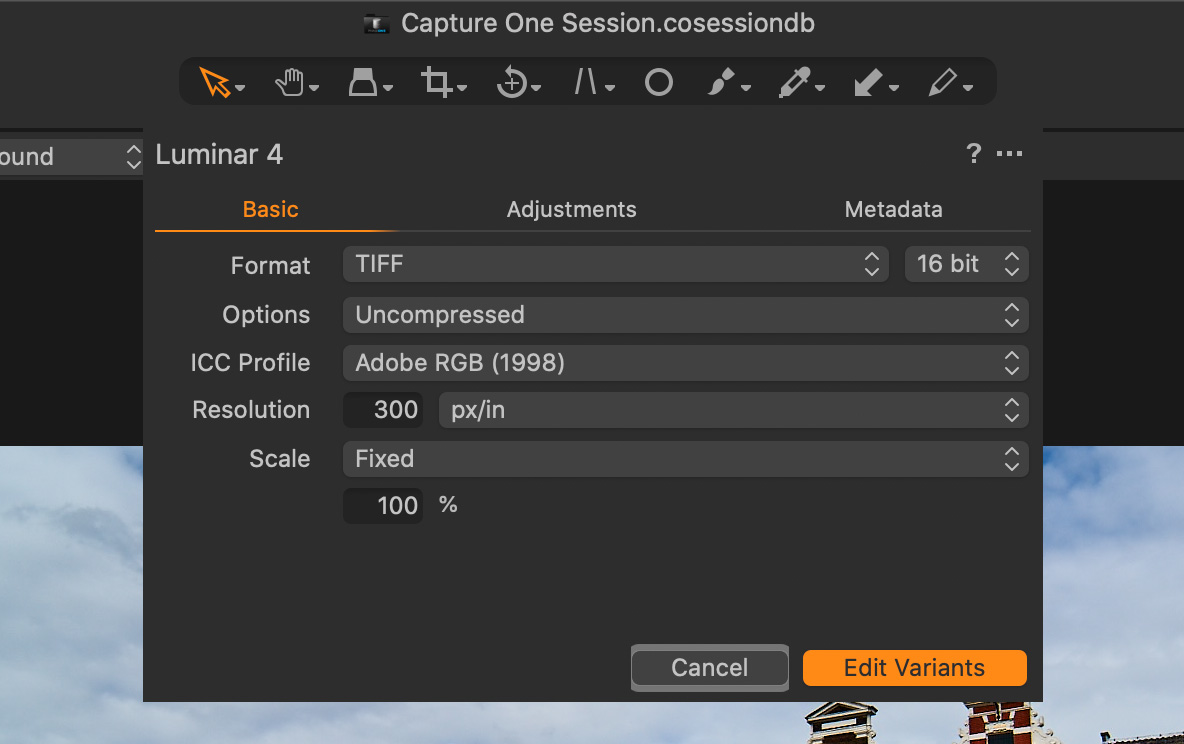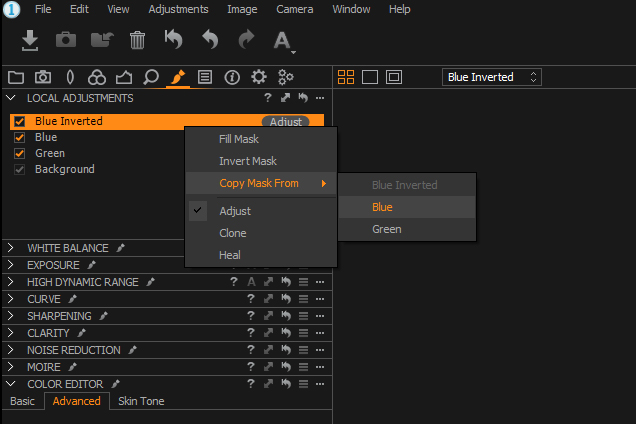

- #HOW TO GO BETWEEN CAPTURE ONE PRO 12 AND LUMINAR FLEX SOFTWARE#
- #HOW TO GO BETWEEN CAPTURE ONE PRO 12 AND LUMINAR FLEX FREE#

Note that this is not a recursive operation, so Capture One will not watch additional subfolders within the Capture subfolder. You can do this via tethered capture, or simply dragging and dropping existing files into the Capture subfolder. There are a few ways to bring images into a Capture One Session, but the simplest and easiest way to keep everything self-contained is by placing them in the “Capture” folder (one of the 4 subfolders inside your session folder). Capture One will then create its session file and 4 primary subfolders in that folder.

Just give the session a name and place it in the physical location on your hard drive that you would like to store it. We’ll be using this structure in a more generic way, so we can leave the values as they are. These are based around a typical studio workflow and are designed to keep an entire project self-contained. When you create a new Session (CTRL + N), you’ll be presented with a dialog that allows you to customise the folders Capture One will automatically create for your workflow. Step 1: Create a New Session and Import Images Today’s focus will be getting the images into Capture One, organising them, and getting them out for delivery. Within these, there are multiple ways to achieve most steps and plenty of customisation to be had along the way. The basic workflow of sessions is create, import, select, post-process, export, backup. If you are interested more in how the catalogs work, the Capture One YouTube channel has an excellent video on the differences between the two. Today, we’ll focus primarily on the Session workflow, which is how Capture One was originally designed. A catalog is designed more as an archive, whereas a session is designed to be a contained unit of a particular project or session. Sessions, on the other hand, are self-contained folders that are designed to keep a specific shoot or project neat and tidy. Thus, the main difference between catalogs and sessions for our purposes is their intent. Catalogs are a familiar way of working for many but lack some key features that Lightroom and others have, such as easily importing and exporting between catalogs. The two basic ways you can have Capture One take care of your files are called Sessions and Catalogs.
#HOW TO GO BETWEEN CAPTURE ONE PRO 12 AND LUMINAR FLEX SOFTWARE#
In version 12, support was added for Fujifilm’s Film Simulations, so now we have a workflow that is Fujifilm specific!Ĭapture One takes a slightly different approach to Digital Asset Management (DAM) than many other software packages, so we’ll begin there as it is a source of confusion for many.
#HOW TO GO BETWEEN CAPTURE ONE PRO 12 AND LUMINAR FLEX FREE#
Several versions of the software are available ranging from the free version supporting only Fujifilm cameras to a fully featured version supporting cameras from various manufacturers. Most surprisingly, this even includes the GFX line of cameras. As many of us are aware, Capture One have launched their complete support for Fujifilm cameras.


 0 kommentar(er)
0 kommentar(er)
